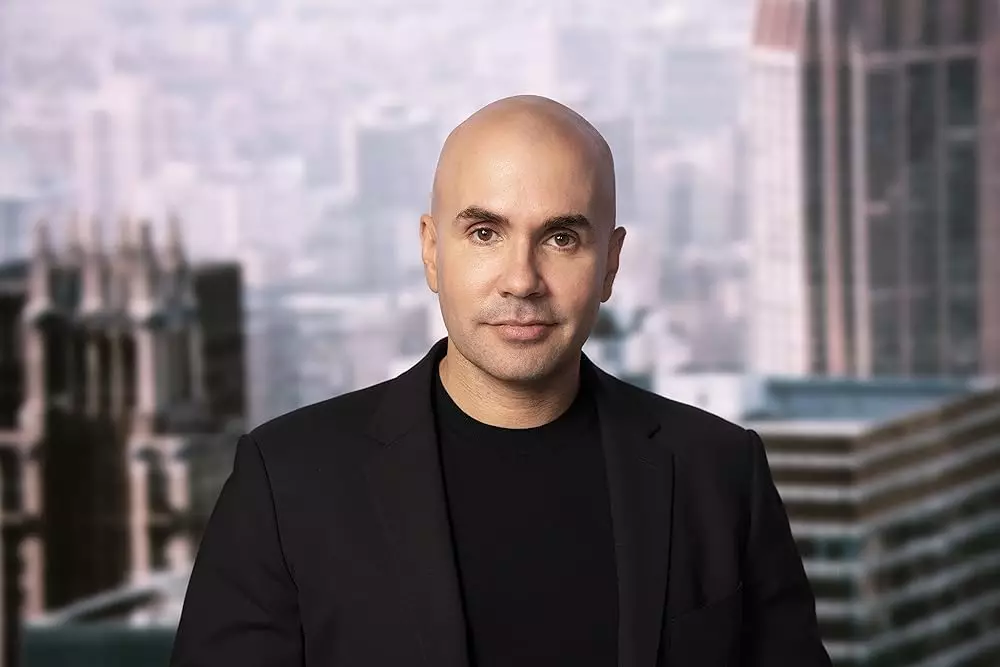Chris McCarthy’s imminent exit from Paramount Global signifies more than just a personnel change; it reflects the tumultuous landscape of modern media conglomerates navigating rapid industry transformations. With over two decades of dedication to the company, McCarthy’s departure, scheduled as the Skydance acquisition concludes, leaves a notable void at a pivotal moment. His role as co-CEO and president of Showtime/MTV Entertainment positioned him as a key architect of Paramount’s strategic growth, particularly in streaming and original content. Yet, his departure also invites scrutiny of the leadership strategies employed so far and the uncertain future of Paramount’s ambitious plans.
In a broader context, McCarthy’s exit symbolizes the inevitable shift towards a new leadership paradigm. It underscores the tension between legacy executives who have steered the company through turbulent waters and the emerging leadership that will shape its future trajectory post-merger. The timing of his departure—on the heels of regulatory approval—raises questions about how leadership transitions are planned in the high-stakes world of global media mergers, revealing a calculated move by McCarthy and the company to align leadership with the new corporate structure.
The Impact of Leadership on Strategy and Content
One cannot discuss McCarthy’s influence without acknowledging his strategic focus on intellectual property and original series. His bold investment in Taylor Sheridan’s Yellowstone universe exemplifies his vision of cultivating franchise-driven content as a revenue and brand-building tool. Sheridan’s success, particularly with Yellowstone’s valuation soaring past $3 billion, underscores McCarthy’s ability to identify and nurture potential blockbusters. This approach to content strategy—doubling down on high-quality, story-rich IP—has yielded tangible results, including a significant subscriber boost for Paramount+.
Yet, this strategy has also been subject to debate. Relying heavily on serialized franchises and IP can be a double-edged sword; it risks diminishing diversity in programming and stifling innovation. Under McCarthy’s leadership, Showtime also scored notable wins with series like Yellowjackets, which achieved record viewership. These successes suggest that a focus on compelling storytelling maintains a competitive edge amid the crowded streaming arena. Still, the question remains: will the new leadership continue this IP-centric approach, or pivot to new content philosophies?
The Challenges of Transition and Future Uncertainty
McCarthy’s departure at this juncture underscores the immense challenges that lie ahead for Paramount’s leadership. The company has faced criticism and internal strife while implementing aggressive cost-cutting measures and restructuring efforts. These exercises, ingrained in McCarthy’s tenure, aimed to stabilize financial health amid declining traditional TV profitability and rising streaming costs. However, such measures are often short-term fix; sustainable growth demands innovative strategies and adaptive leadership.
Post-merger, the leadership landscape appears evolving, with George Cheeks retaining his role amid the anticipated exit of Brian Robbins. The question of McCarthy’s successor looms large, especially as Skydance prepares to take the helm. His close associate, Keith Cox, could potentially step into a key role, but the absence of clear succession plans besides rumors points to possible turbulence. This transition period might affect ongoing projects, talent negotiations, and strategic investments, making the future of Paramount’s content empire uncertain.
The Broader Industry Context and Personal Legacy
On a broader note, McCarthy’s career reveals the importance of adaptability and strategic foresight in a rapidly volatile industry. From his early days as a freelancer to leading multiple divisions, his career trajectory embodies a relentless pursuit of innovation within the shifting sands of media and entertainment. His tenure has been marked by risk-taking—most notably the significant commitment to Sheridan’s franchise—and a focus on IP as a growth driver.
While critics might argue that his aggressive content strategy had mixed reactions, his successes, especially with Yellowstone and Showtime’s recent hits, highlight his ability to recognize and capitalize on cultural moments. As he departs, his legacy will likely be defined by his contributions to the streaming era—transforming Paramount+ into a serious contender and elevating Showtime’s stature through bold programming choices. Whether his strategic vision will outlive his tenure and be carried forward by successors remains to be seen.
—
In the end, McCarthy’s departure exemplifies the complex interplay of leadership, creative risk, and strategic adaptation necessary for success in today’s entertainment industry. Future leaders must navigate not only the challenges of technological change but also the delicate task of balancing legacy content with fresh innovation. McCarthy’s time at Paramount was undoubtedly impactful, but the true test lies ahead: can the company sustain and evolve beyond his foundation?
